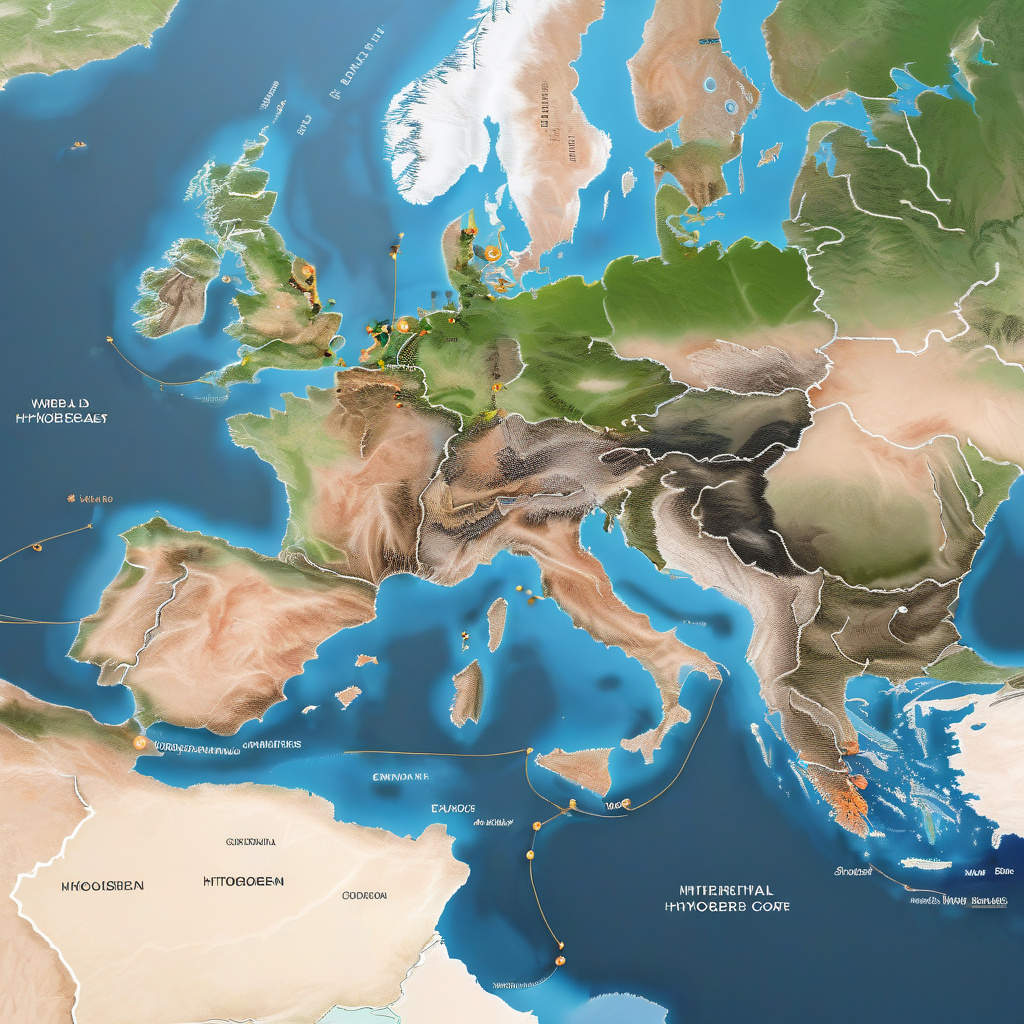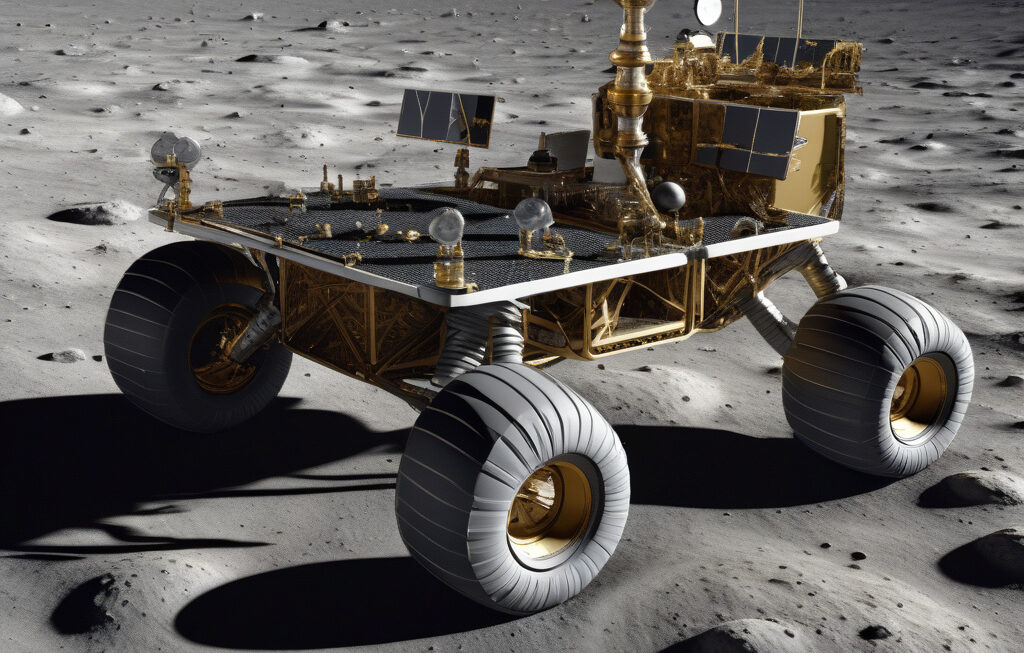World’s First Intercontinental Hydrogen Corridor to Link Europe and the Middle East
A new agreement has been signed to create the world’s first special corridor for importing hydrogen between Europe and the Middle East. This groundbreaking initiative aims to revolutionize the way hydrogen is produced, transported, and used on a global scale. The project will not only boost the development of hydrogen infrastructure but also pave the way for a more sustainable future.
Hydrogen is increasingly being recognized as a key player in the transition to a low-carbon economy. It is a versatile energy carrier that can be produced from a variety of renewable sources, such as wind and solar power. By establishing an intercontinental hydrogen corridor, countries in Europe and the Middle East can benefit from each other’s unique strengths and resources in hydrogen production.
One of the main objectives of the hydrogen corridor is to facilitate the transportation of hydrogen from regions with abundant renewable resources to those with high demand for clean energy. This will help bridge the gap between supply and demand, creating a more interconnected and efficient hydrogen market. Additionally, the corridor will enable countries to diversify their energy sources and reduce their dependence on fossil fuels.
Furthermore, the establishment of the hydrogen corridor will spur innovation and investment in hydrogen technologies. Companies involved in the production, storage, and transportation of hydrogen will have a unique opportunity to collaborate on a global scale. This collaboration can lead to the development of new technologies and solutions that will drive down the costs of hydrogen production and make it more competitive with traditional fuels.
The benefits of the intercontinental hydrogen corridor extend beyond environmental and economic considerations. By promoting the use of hydrogen as a clean energy source, countries can reduce their carbon emissions and improve air quality. This, in turn, can have a positive impact on public health and quality of life, especially in urban areas where air pollution is a major concern.
Moreover, the hydrogen corridor can serve as a model for future collaborations on clean energy initiatives. By demonstrating the feasibility and benefits of cross-border cooperation in the hydrogen sector, countries around the world may be inspired to replicate this model in their own regions. This can accelerate the global transition to a sustainable energy system and help mitigate the effects of climate change.
In conclusion, the establishment of the world’s first intercontinental hydrogen corridor between Europe and the Middle East marks a significant milestone in the advancement of clean energy technologies. By leveraging each other’s strengths and resources, countries in these regions can create a more sustainable and interconnected hydrogen market. This initiative not only holds promise for reducing carbon emissions and improving air quality but also for driving innovation and collaboration in the energy sector. The future of clean energy looks brighter with initiatives like the intercontinental hydrogen corridor leading the way towards a more sustainable world.
hydrogen, corridor, Europe, Middle East, sustainableenergy












